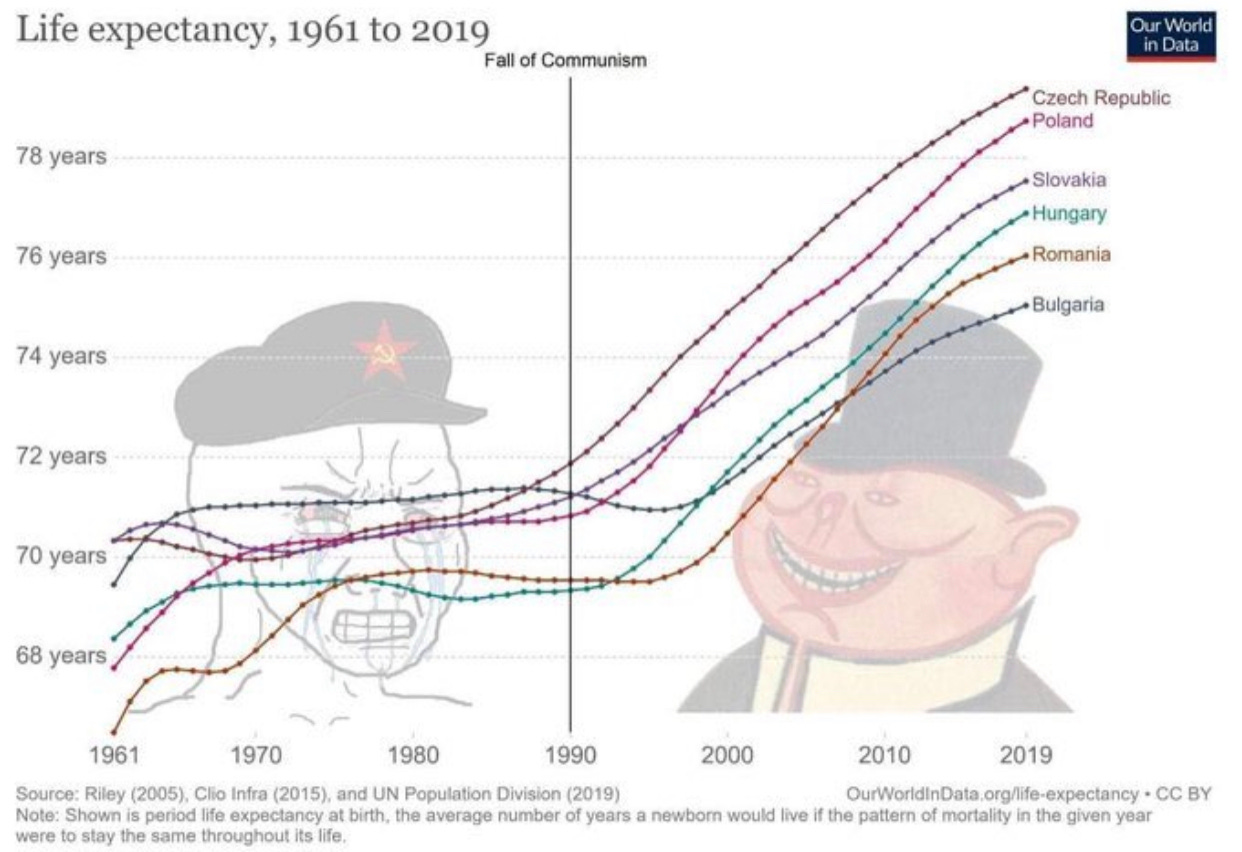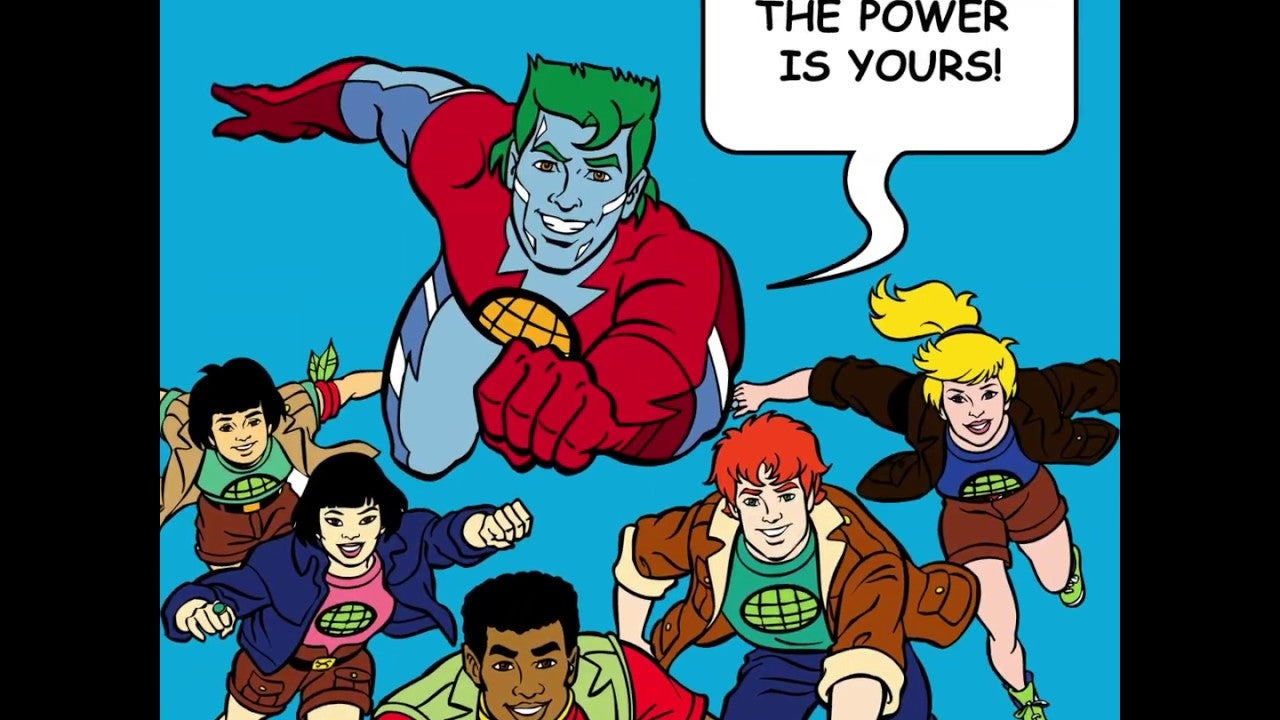[AKN #18] Data viz exploiting weakness, Miss Independent, Bias in health media coverage, addressing a reader's concerns, and Creed herd immunity concert proposal
another krappy newsletter #18
Hoi, hoe gaat het homies?
If you are not subscribed yet, click the button below to join 114 homies in receiving a weekly email about nothing.
I am back in the NorCal Bay Area. Let me tell you, it did not suck spending Thanksgiving on the beach.
Despite LA county’s best efforts to ruin our meal, America and capitalism prevailed. We were able to find a restaurant willing to do a take out Thanksgiving meal (+ leftovers!) at the last minute.

Nothing helps express your gratitude quite like eating an obnoxiously large plate of festive heterogeneous foods. Where is the comprehensive happiness study that touches on this phenomenon?
But in all seriousness, a belated thanks to all of you out there reading this. I enjoy writing it and hearing that you enjoy reading it makes me smile :)
To the newsletter!
Table of contents*:
How data visualizations exploit weaknesses in our thinking
What happened to Miss Independent?
Bias in media coverage around health
Comeback on a reader’s feedback
Creed COVID concerts
* I have added this section to help people navigate my unwieldy posts. Thanks BR for the recommendation. Now I have empowered you with foresight for what is to come. In the words of Captain Planet:
1. How data visualizations exploit weaknesses in our thinking
I often find myself feeling superior to others after viewing a simple data visualization that drives home a point I always knew to be true.
For example, let’s look at the following graphic that tells a compelling story about how much communism sucks.

Eliminating communism leads to an increase in number of years lived. Boom. Suck it, Bernie!
If you are like me, you were ready to share the above graphic before doing any further analysis on the validity of the claim. I could hear future me now: “Take that you far left dingleberry!” I shout, but no one seems to hear.
We love graphics that fit our existing belief structures. But that is a problem. Our tribalistic response leads us to systematic mistakes. The more appropriate thing to do is to stop and question the conclusion of the graphic.
If we go one level deeper, we can analyze the life expectancy of Western European capitalist nations vs Eastern European countries.

Look! We have shown again that the communist nation dataset is anomalous in a shitty direction! In capitalist societies in the same continent, we saw a smoother increase in life expectancy. Can’t we now state that communism sucks?
Not exactly. While current data analysis does suggest that communism sucks, there are other research questions to explore.
Were there historical events that affected the Eastern European population life expectancy worse than the Western European population? Perhaps Eastern Europe had more people die in WWII which lead to a decrease in overall life expectancy that only got corrected as we moved further away from WWII.
Where does this data actually come from? Was all of the data funded by an organization that wants to show how awesome capitalism is?
Those are harder questions to answer and asking them exposes how difficult it is to draw conclusions on complex systems. Simple takeaways that agree with us appeal to our default way of thinking.
In the book “Thinking Fast and Thinking Slow”, the authors posit that we have two systems of thinking that we use to make decisions/draw conclusions. They uncreatively call these systems:
System 1 - Fast and intuitive thinking
System 2 - Slow and deliberate thinking
System 1 thinking is the immediate response you have to something. In our communism example, System 1 is my instinctual reaction of “communism sucks.”
System 2 thinking is exhausting mental energy to overcome your immediate response and rethink your conclusion. In our communism example, System 2 is saying “hmm I wonder what Western European life expectancy looks like so I have a baseline.”
The mind wants to conserve energy so it prefers System 1 thinking. Which makes sense! Could you imagine having to solve the same things every single day? You would be horribly inefficient. No way you could set high scores on Candy Crush if you had to rethink how to cook eggs every morning. But never engaging in System 2 thinking exposes us to bias in our decision making.
We are left with an optimization problem: how often should you interrupt your System 1 thinking and engage in System 2 thinking if you want to minimize being wrong while maximizing total energy expenditure?
A suggested rule: engage in System 2 thinking whenever anyone shows you data visualizations. (You can trial this rule out on the rest of this newsletter!)
Data visualizations are dangerous because they:
Give us the illusion that we have thought deeper about this subject than we actually have. We believe we have done System 2 thinking, but we are still in System 1.
Are propaganda geared towards smart people. They provide simple to understand takeaways and concrete understanding of causality…even when the story should not be presented so clearly.
Unless you are the one who is actually doing the data analysis, data visualizations tend to build your confidence about how well you understand an issue without actually increasing your true understanding. Your understanding is a mirage.
2. What happened to Miss Independent?
In a recent essay, Paul Graham laid out how to be an independent thinker. I highly recommend the piece as it helped me see the world through a different lens.
Here were my three favorite takeaways:
There are some kinds of work that you can't do well without thinking differently from your peers.
Example: Essayist. An essay that told people things they already knew would be boring. You have to tell them something new.
From this newsletter, I have learned that people do not like to be bored. They like learning new things or being entertained. That is it.
But not all roles require being an independent thinker. Some roles you are better off just adopting conventional opinions because all you need is to be right. Your peers do not need to be wrong.
Example: A hardware engineer. No one cares about your counter intuitive way of approaching this problem. Just get the right answer.
In engineering, sometimes you just need to follow the procedures in place to get to the appropriate outcome. Rethinking everything from first principles can be a huge waste of time.
If your goal is to become an independent thinker, you want to take more explicit measures to prevent yourself from automatically adopting conventional opinions.
Cultivate an attitude of skepticism. When you hear someone say something, stop and ask yourself "Is that true?"
It matters a lot who you surround yourself with.
If you're surrounded by conventional-minded people, it will constrain which ideas you can express, and that in turn will constrain which ideas you have.
If you surround yourself with independent-minded people, you'll have the opposite experience: hearing other people say surprising things will encourage you to, and to think of more.
The best place to find undiscovered ideas is where no one else is looking.
Independent-mindedness seems to be more a matter of nature than nurture. Which means if you pick the wrong type of work, you're going to be unhappy.
If you're naturally independent-minded, you're going to find it frustrating to be a middle manager.
If you're naturally conventional-minded, you're going to be sailing into a headwind if you try to do original research.
Highly recommend reading the rest of this essay.
3. Bias in media coverage around health
Bias can take the form of what we choose to pay attention to. Coverage magnifies the importance of the story covered in our minds, which is fine…unless the coverage doesn’t match reality.
Two great resources illustrating this in the media surrounding the subject of health are the following:
A paper was just released which covers how removed the tone of the news around COVID-19 was from the actual events happening.
From the paper abstract:
We analyze the tone of COVID-19 related English-language news articles written since January 1, 2020. Ninety one percent of stories by U.S. major media outlets are negative in tone versus fifty four percent for non-U.S. major sources and sixty five percent for scientific journals. The negativity of the U.S. major media is notable even in areas with positive scientific developments including school re-openings and vaccine trials. Media negativity is unresponsive to changing trends in new COVID-19 cases or the political leanings of the audience. U.S. major media readers strongly prefer negative stories about COVID-19, and negative stories in general. Stories of increasing COVID-19 cases outnumber stories of decreasing cases by a factor of 5.5 even during periods when new cases are declining. Among U.S. major media outlets, stories discussing President Donald Trump and hydroxychloroquine are more numerous than all stories combined that cover companies and individual researchers working on COVID-19 vaccines.
We were more interested in dunking on Trump and hydroxychloroquine than we were on updating people about the vaccine trials…think about that for a second. When did we become such a pessimistic nation?
If the findings of this paper are correct, the media did seem to cover COVID-19 in an unfair fashion. Is it possible that this coverage aided in the fragmentation of the population’s response? If it was covered accurately would we have ended up with people actually following the rules?
Our World In Data Causes of Death statistics.
You could waste hours of time on this article, let alone the rest of the website. But my favorite visualization they have for causes of death and media bias is the following showing the difference between what the news reports vs. what we actually die from.
Ends up that it is not very sexy to cover how many people die of heart disease each year.
Tune into the next episode of 24 where Jack Bauer battles off the ever present, looming threat of kidney disease.
4. Comeback on a reader’s feedback
A few weeks ago, I wrote about preference falsification and how it related to the election. In response to this article, a reader (thanks SI!) responded back and said:
I think you're giving too much credence to false preferences for the polling miss. I think the story of the polling miss is different in different places, but a fundamental miss this year was reaching working class Latino men many of whom were first time Trump voters.
I would like to address the two points made here.
Not capturing Latino men in the polls.
This is an excellent point. If I were to rewrite that post today, I would re-emphasize the point of “the polls were not taking a representative sample of the population”. Which in practical terms means “they did not accurately capture the Latino vote.”
This got me a little curious about why the Latino community started to move toward Trump. All I am hearing in my polite little liberal circle of the world is that Trump is racist and Latinos don’t understand that he is racist so they were “self owning.” Let’s politely set aside the absurdity that is that analysis of this phenomenon and try our best to actually understand it.
The best article I found on understanding the qualitative appeal of Trump to the multi ethnic working class was the following one by Alex Perez.
I feel obligated to give a trigger warning for some of you more sensitive people out there. This article is going to say things that may actually make your head explode and/or send an angry email to me. If this is you, I would recommend you read the article twice.
Here is a sampling:
Elites, forever outsiders to this multi-ethnic blue-collar America and its sensibilities, have been mystified by Trump’s connection to the groups they claim ownership over, for this very reason: their increasingly woke language rules alienate the people they are claiming to speak for. Theirs is not the language of the American people, but of the neoliberal office space and its finally tuned automatons. In this way, the elites are the ultimate outsiders.
Damn. Brutal takedown of us!
I don't agree with everything said and there is a lack of actual data to back up the claims, but I love me some hot takes. So hot take on, kid.
Overstating preference falsification
I don’ think I am giving too much credence to false preferences for the polling miss. This was a very real phenomenon. I captured this in the original post, but I wanted to back up my anew-data with some new data-data.
According to an analysis from the Cato Institute, you have a lot of people on both sides who are not saying what they believe…
I am super sure this is a real thing and I like to think people care what I think.
In staying with the theme of not trusting data visualization/studies/authority that I have driven home in the last few weeks of this newsletter, I would recommend we investigate preference falsification further.
5. Creed COVID concerts
With the new vaccine news giving us a potential path to herd immunity, it is time that we stop and think about how we are going to celebrate.
More importantly: who is going to perform at the inevitable COVID herd immunity concert?
My nomination is Creed.
My reasoning is the following video:


To put the above tour de force into perspective, America was two months removed from 9/11. We needed leadership. And God dammit, did Creed deliver.
We need leadership like this again now.
Imagine this. Post vaccine, we are all gathered at sports stadiums throughout the nation. Creed holograms are beamed in simultaneously to every stadium.
As you wrap your small mind around the totality of the moment, you lock eyes with the likeness of lead vocalist and middle age heart throb Scott Stapp as he screams “CAN YOU TAKE ME HIGHER?”.
Answer: No. I can’t. Because we are at the top of the world.
Closing time
As always, reply to this email and say what’s up. Promise to hit you back with an artisanal, hand-crafted response.
If you enjoy what you’re reading, I’d really appreciate you inviting your krappiest friends or sharing this post:







